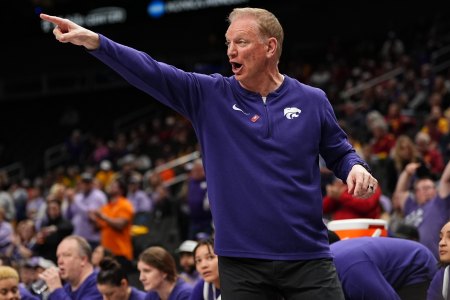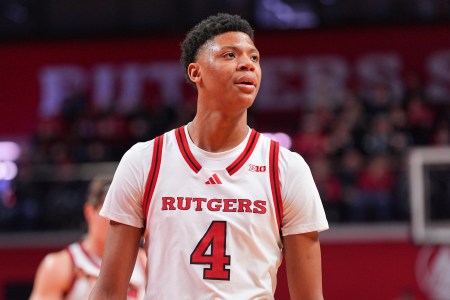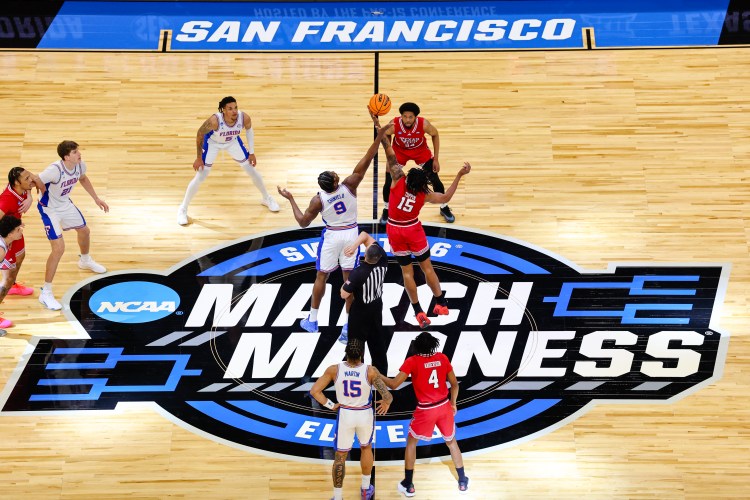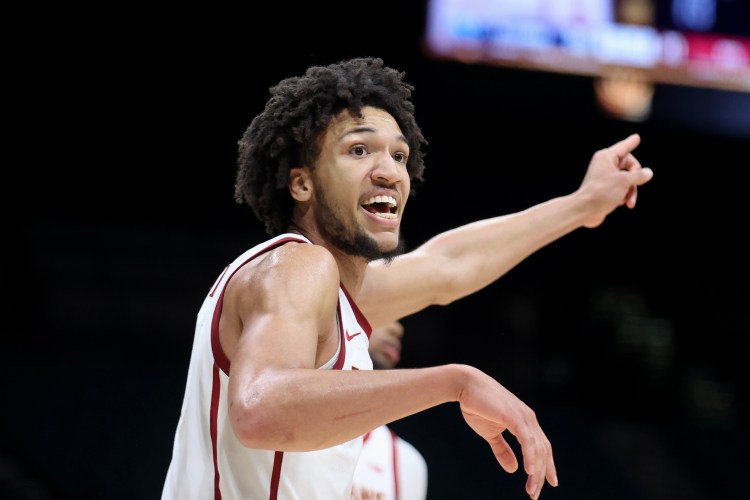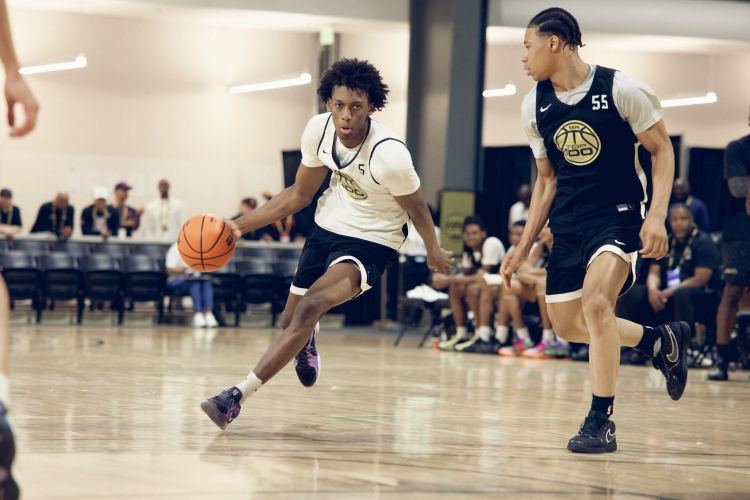We did it! We made it through another offseason. Happy Basketball Season to you and yours!
A lot has transpired since UConn cut down the nets and we all wept through One Shining Moment together last April. It’s been quite chaotic and confusing, so allow me to quickly get you up to speed.
1. Players have moved
Your favorite team probably has some new faces. Thanks to the recent transfer rule changes, approximately 84,513 basketball players sought new homes via the portal last offseason, give or take. At the same time, NIL rules have enabled players to cash in on their names and talents more than ever. It’s a pretty good time to be a student-athlete, at least if you’re into things like freedom and money.
The biggest surprise is the speed with which NCAA has even jumped on the players’ bandwagon. Not long ago, the NCAA enforcement overlords spent their days monitoring pizza parties and counting text messages; now they have been forced to acknowledge that maybe young people should be allowed to, you know, go to college wherever they want, and be paid for their contributions to a billion dollar industry.
2. Coaches have moved
Meanwhile, dozens of coaches found new homes over the offseason. Big dogs like Michigan, Louisville, West Virginia, Stanford and Washington hired away hot young coaches, starting a domino effect that resulted in 68 schools hiring new basketball coaches for the 2024-25 season.
Many of those new coaches received big fat checks to jump ship and leave their former players, schools and fans behind. This is nothing new, of course — that’s just Big Business.
3. Schools have moved
To paraphrase the great Chris Rock, a university is only as loyal as its options.
For over a century, collegiate athletic conferences were mostly stable, unchanging, sleepy institutions. Sure, the Big Ten added Penn State in 1990 and the Big 8 Became the Big 12 in 1996, but those moves were Big News, the exceptions that proved the rule.
In the early 2010s that foundation began to crack. Over the past decade-and-a-half the conference structure as we knew it imploded. Media revenues skyrocketed, prompting conferences to open their checkbooks in search of shiny new schools to add to their TV inventory. Every university worth its endowment shopped around and explored its options. I’m not saying they should have done this, but I understand.
And so as the 2024 season gets rolling, the Big Ten has 18 teams, the Big 12 has 16 and the Atlantic Coast Conference has added two California schools. In a single weekend in January, Central Florida will play at Arizona State in a Big 12 matchup while Rutgers will visit UCLA in a Big Ten battle. I assume none of these institutions of higher learning are teaching geography or math.
If you feel like the college sports landscape is a bit of an unrecognizable mess, that’s because it is. And we have the NCAA’s history of selective attention and total lack of foresight to thank for that.
It’s not the NCAA’s fault, really. The NCAA was formed by its member institutions, not the government; ultimately, the NCAA’s job is to carry the water of the schools it was formed to oversee. The NCAA was never about regulating sports, exactly. It was about regulating players.
Sure, there have always been rules and guidelines governing the behavior of coaches and schools and once in a while a coach will get a “show cause” penalty or a school will land on NCAA probation. But far more often, NCAA enforcement lasers were pointed at the easiest targets: the student-athletes.
The NCAA’s most fundamental rules made it difficult for players to transfer or accept money and rendered players ineligible or reduced scholarships when things went wrong. Meanwhile, when a college coach jumped ship to chase a $50 million bag somewhere else, the NCAA was perfectly fine with it. When a school bolted for a new conference with a bigger revenue share, the NCAA shrugged.
But when a player received some beer money from a booster, the NCAA was there to make sure that kid would be suspended. And if he wanted to transfer to a new school? Fine, but he would be required to sit out a year.
Thankfully, courts, lawyers and other grown-ups have rendered the NCAA a shadow of its former self, pointing out the obvious: No, it’s not okay to punish a college student for changing schools and no, it’s not acceptable to interfere with his or her right to get paid.
This is the way college sports were always meant to be. The fans support the sport with their wallets, clicks and eyeballs and the schools, coaches and players should get paid for making it all happen. That’s the way Big Business is supposed to work. The recent rule changes haven’t poisoned college athletics, they’ve unburdened them. And full-scale revenue sharing is finally at hand.
The NCAA is at long last getting out of the way. It can now focus on things it’s actually good at, like running tournaments and cashing checks from Dr. Pepper and Enterprise Rent-A-Car.
Yes, college basketball changed over the off-season, a little more than we’re used to. That’s how it’s going to be for a while. But the good stuff — the uniforms, the mascots, the arenas, the fight songs, the tournaments — all of that is the same. And don’t worry, the fans of your team’s rival are still degenerate morons.



